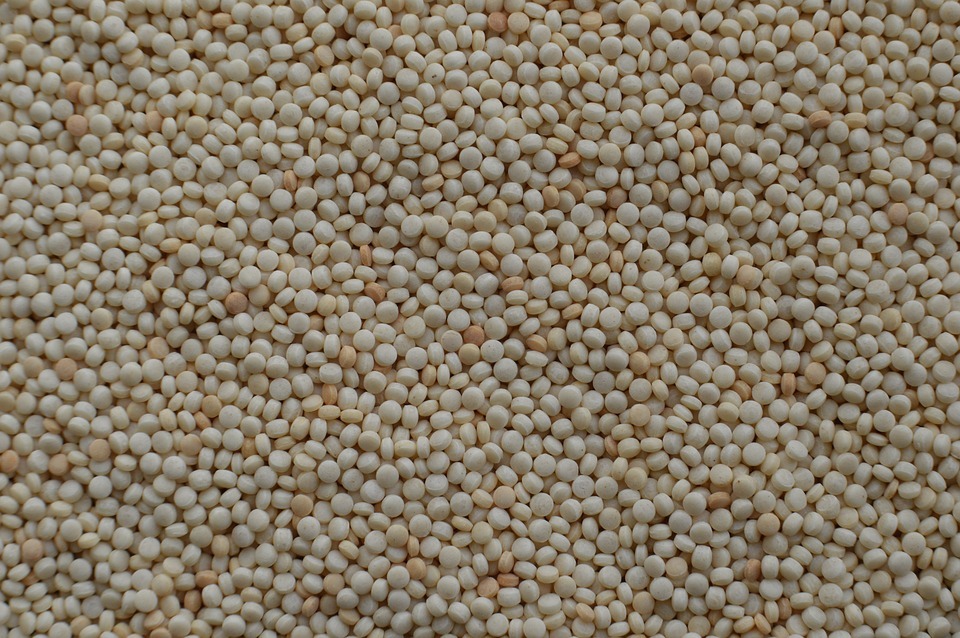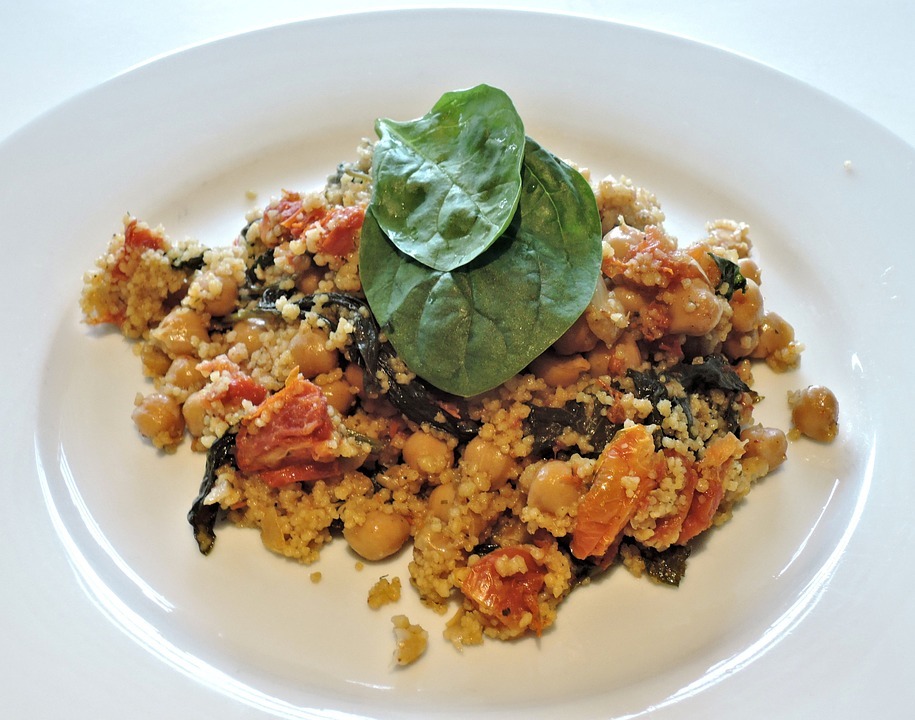There have been numerous peculiar food ingredients that have been created and discovered over the years, and one of these ingredients is pearl couscous. This interesting ingredient is often used as an alternative to pasta and rice, and most people who have eaten it would tell you that this is much tastier and more nutritious.
Besides being interesting, pearl couscous is also a popular food product because of its unique taste. Because of its popularity, there are many brands and varieties that you can easily buy in grocery stores, including the RiceSelect® Pearl Couscous. What is this ingredient? And where did it come from? We will find out as we get a look at some facts about pearl couscous.
Origins of Pearl Couscous
Pearl couscous, which is also called Israeli couscous, is a type of pasta that was developed in Israel during the 1950s, specifically during the austerity period in the country. This period marks the time when Israel was rationing food and other items as the country was experiencing an economic crisis from 1949 to 1959.
Israeli couscous was invented in 1953, a few months after David Ben-Gurion, the first prime minister of Israel, requested Osem Investments Ltd. co-founder Eugen Proper to come up with a food ingredient that can act as a substitute to rice, a product that is becoming scarce in the country.
Eugen Proper and the company then came up with a new food product called “ptitim,” which is made of hard wheat flour that is toasted in an oven. Ptitim was first shaped like grains of rice, but Osem eventually decided to make a variant that is shaped like a small, similar to what an original couscous looks like. Because of David Ben-Gurion’s involvement in making pearl couscous, it is often referred to as “Ben-Gurion rice.”
While the most popular shape of ptitim or Ben-Gurion rice today is couscous-shaped, pearl couscous is actually different from couscous. While pearl couscous is made of toasted hard wheat flour, the real couscous is made from durum wheat semolina that is rolled and steamed. In addition, the real couscous originated from North Africa instead of Israel. The original couscous is served as a staple food for many countries in Africa, like Tunisia, Algeria, Libya, and Morocco, and other countries that are familiar with Maghrebi cuisine. When several Maghreb immigrants moved to France, the original couscous then became widely popular in the said country.
How Pearl Couscous is Prepared
After making the hard wheat flour into dough, it would then pass through a round mold that would give the pearl couscous its signature ball shape. Once it is molded, the couscous is toasted within the factory before it is packed, and this toasting process gives the product its nutty flavor. Most people would opt to buy ready-made pearl couscous, as it is easier to prepare, although there are some that would make pearl couscous on their own.
In its country of origin, pearl couscous is very popular among kids, who would often mix it with tomato paste and fried onions. In order to encourage more children to eat pearl couscous, Osem and other companies began making the food product in different shapes, such as stars, hearts, and rings. To entice health-conscious people into eating ptitim, companies also make spelt flour and whole wheat varieties that are much healthier than hard wheat flour.
Pearl couscous is served in a variety of ways, and it is often used as an ingredient for both hot and cold dishes. What’s cool about this food product is that it will keep its shape even if it is cooked or reheated, so it won’t stick together and get mushy. One of the most well-known ways to serve pearl couscous is to cook it with sautéed onions and savory ingredients like chicken, beef, and sausage. Other ways that you can serve pearl couscous include adding it in soup, using it as a filling for pie, or utilizing it as an alternative to rice for risotto. Because of the flexibility of pearl couscous, it has become a popular ingredient in other countries, especially in the US, where it is used for making pasta dishes.
Nutritional Value of Pearl Couscous
Pearl couscous is considered one of the most nutritious alternatives to pasta and rice, although its nutritional value is not much different from those two ingredients. Here are some nutrients that you can get from eating pearl couscous (per 1/3 cup serving).
- 6 grams of protein
- 39 grams of carbohydrates
- 2 grams of dietary fiber
- Iron (4% of the daily value)
- Calcium (2% of the daily value)
Those are just some details that you should have knowledge about when it comes to pearl couscous. If you are currently finding a great alternative to your rice or pasta, you can try out pearl couscous and see if its toasted and nutty flavor suits your palate. Be sure to purchase the pearl couscous variety of ptitim and not the grain-shaped version if you are already tired of the texture and shape of rice.


